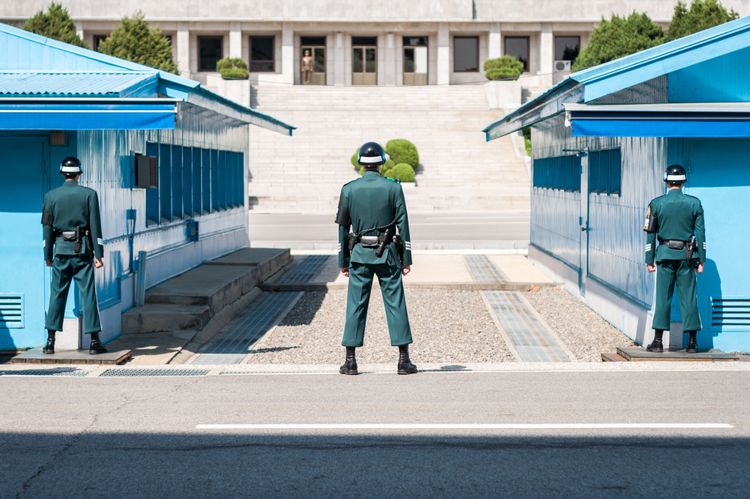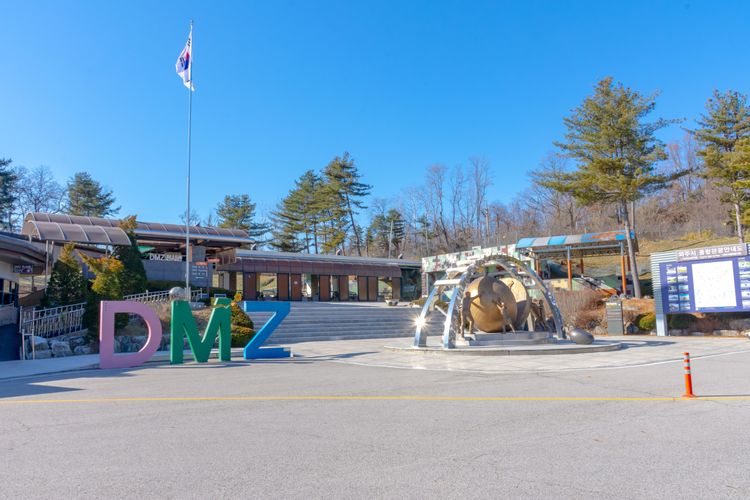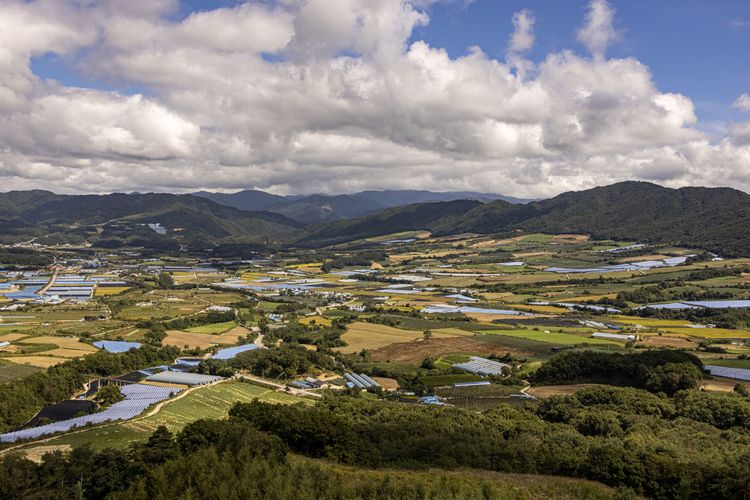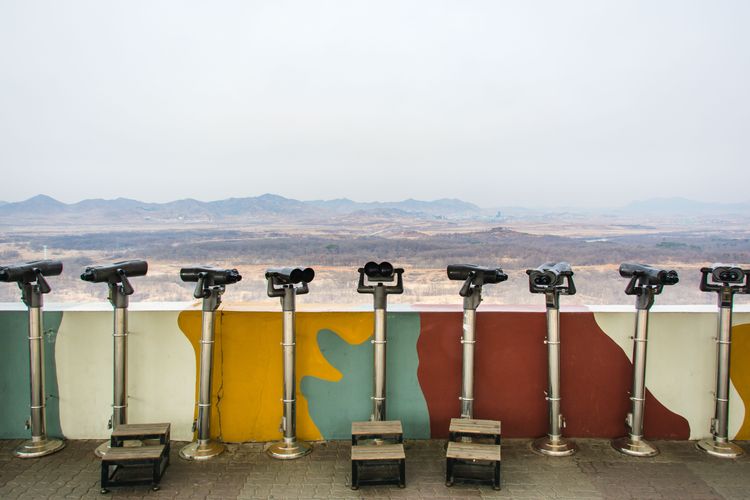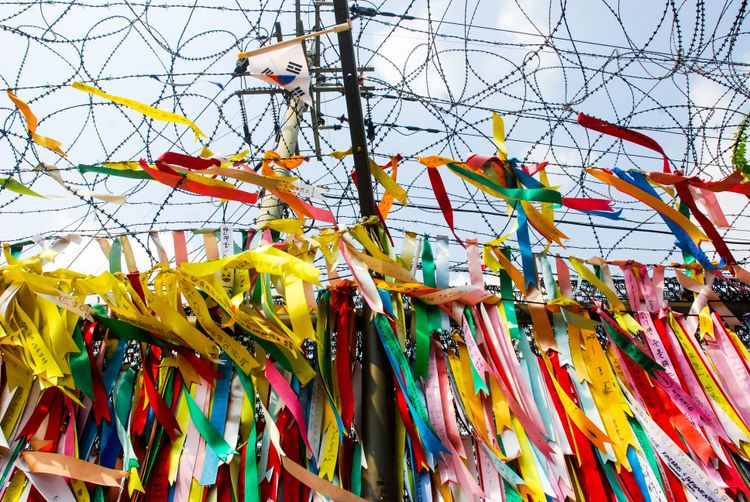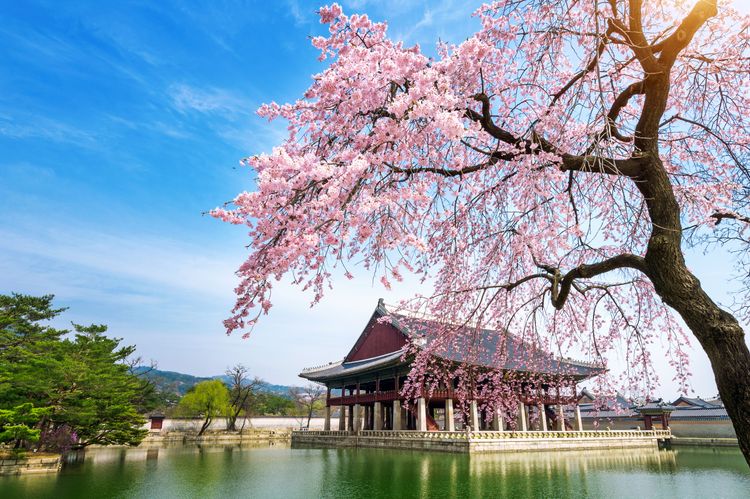The DMZ stretches along the entire northern border of South Korea, around 60 km from Seoul. You can get a glimpse of North Korea from the DMZ tower. With 7.9 million visitors every year, the DMZ is one of the most militarised areas in the world and provides a valuable insight into the history of North Korea and the Korean War. All along the border, a number of attractions can be visited that teach us a little more about this conflict.
 South Korea
South Korea
